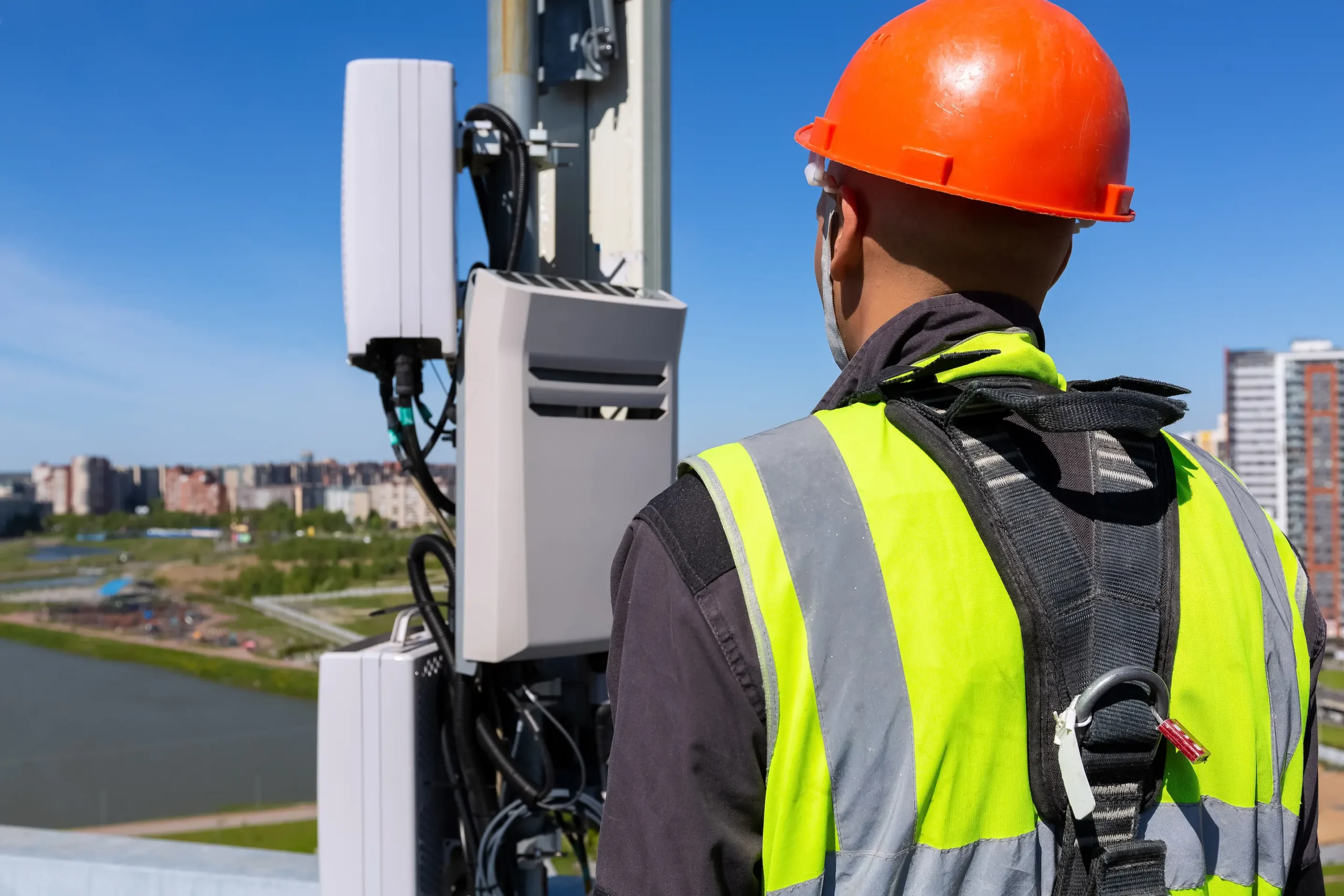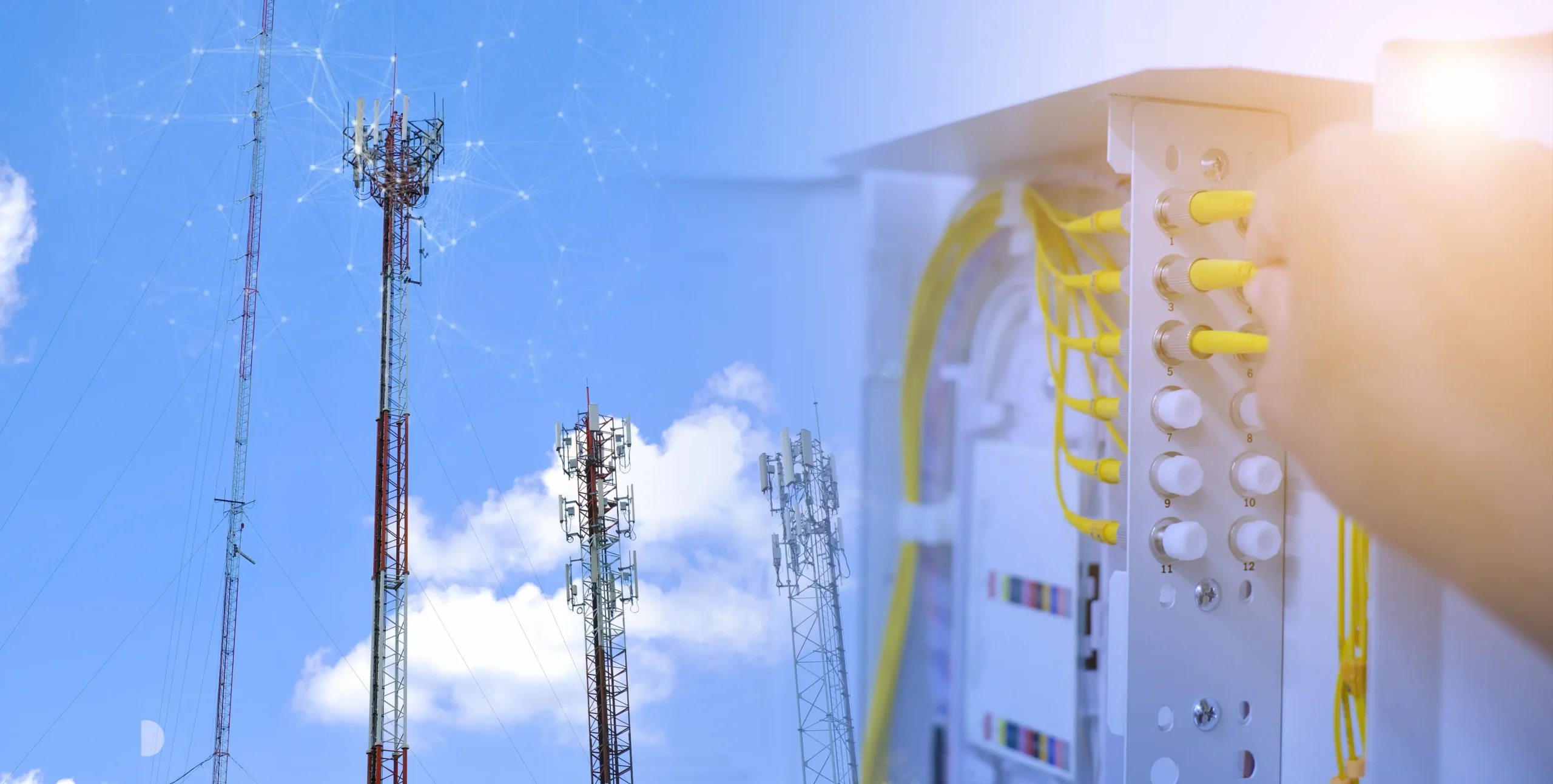In today’s highly connected and digitized world, fiber optics is emerging as a revolutionary technology that propels modern communications into a faster, more reliable and efficient future. From its conception to its implementation in a wide range of applications, optical fiber has played a key role in improving global connectivity and facilitating information exchange. The impact of fiber optics on modern communications, from its historical evolution to its innovative applications in various industries.
With its ability to transmit data via pulses of light through thin strands of glass or plastic, fiber optics has revolutionized the way we communicate, facilitating the transmission of large volumes of information at unprecedented speeds. Whether in business, where fast data transfer is crucial for productivity, or in online entertainment, where users demand high-definition video streaming and lag-free online gaming, fiber optics has paved the way for faster and more reliable connectivity.
Fiber optics has been a fundamental catalyst in the transformation of modern communications, providing a robust and reliable infrastructure for data transmission at impressive speeds. In an increasingly interconnected world, fiber optics has become the mainstay of communication networks, enabling fast and reliable connectivity in all areas of daily life.
Historical Evolution of Fiber Optics
The history of fiber optics dates back to the early 19th century, when scientists began experimenting with the transmission of light through transparent materials. However, it was not until the mid-20th century that significant advances in fiber optic technology were made , with the invention of fiber optic cable by researchers such as Narinder Singh Kapany and Charles Kao.
Since then, optical fiber has undergone a rapid evolution from a scientific curiosity to a widely adopted technology in global communications networks. With the development of more advanced manufacturing techniques and improved materials used in the construction of fiber optic cables, transmission capacity and data rates have increased dramatically, enabling the creation of high-speed networks capable of supporting a wide range of digital applications.

Impact of Fiber Optics on modern communications
Fiber optics has radically transformed modern communications, providing a network infrastructure that is fundamental to the operation of the Internet, telecommunications and numerous business and commercial applications. Here are some of the ways fiber optics has impacted these key areas:
Telecommunications and broadband networks: Fiber optics has been valuable in the development of high-speed telecommunications networks, enabling fast and reliable transmission of voice, data and video over long distances. With its ability to carry large volumes of data at extremely fast speeds, fiber optics has paved the way for the creation of broadband networks that connect people and organizations around the world.
High-speed InternetFiber optics form the backbone of high-speed Internet, providing the necessary infrastructure for the fast and efficient transmission of data across the global network. With the growing demand for online services such as video streaming, online gaming and cloud computing, fiber optics has become the technology of choice for delivering ultra-fast and reliable Internet connections to homes and businesses.
Business and government applicationsIn business and government, optical fiber is used for a wide range of applications, including the transmission of data between corporate sites, the implementation of wide area networks (WANs) and the creation of secure and reliable communications infrastructures. With its ability to transport large volumes of data quickly and securely, fiber optics plays a critical role in facilitating collaboration and information sharing in business and government environments.
Applications in medicine and research: In addition to its use in commercial and consumer communications, optical fiber is also used in a variety of medical and research applications. For example, in medicine, optical fiber is used in endoscopes and other medical devices for internal visualization of the human body, while in scientific research, it is used in measuring instruments and sensors to collect data in hard-to-reach environments.
Education and Entertainment Applications: Fiber optics has revolutionized the way knowledge is accessed and shared in education, enabling the transmission of online classes, lectures and high quality educational resources over ultra-fast broadband networks. Furthermore, in the field of entertainment, fiber optics has made it possible to deliver high-definition multimedia content, such as movies, music and games, through streaming platforms and online services.

Future technological advances: As fiber optic technology continues to evolve, new breakthroughs and innovative applications are expected to emerge in a variety of fields, including artificial intelligence, virtual reality and quantum computing. With its ability to carry large volumes of data at extremely fast speeds, fiber optics will continue to play a key role in creating a more connected, intelligent and digitized future.
Corporate and government communications:In business and government, optical fiber is used for a wide range of applications, including the transmission of data between corporate sites, the implementation of wide area networks (WANs) and the creation of secure and reliable communications infrastructures. Businesses and government agencies rely on fiber optics to facilitate collaboration and information sharing between geographically dispersed locations quickly and securely.
Educational and entertainment applications:Fiber optics has transformed the way knowledge is accessed and shared in education, enabling the transmission of online classes, conferences and educational resources. Furthermore, in the field of entertainment, fiber optics has made it possible to deliver high-definition multimedia content, such as movies, music and games, through streaming platforms and online services, providing an immersive and immersive entertainment experience for users.
Fiber optics has proven to be a revolutionary technology that has transformed modern communications in many areas. Its ability to carry large volumes of data at ultra-fast speeds and with exceptional reliability has made it the backbone of high-speed telecommunications networks around the world. From facilitating broadband Internet connectivity to enabling advances in medicine, research and education, fiber optics has driven innovation and progress in numerous industries. As we continue to move towards a more connected and digitized world, the importance of fiber optics will continue to grow, playing a key role in creating more efficient, reliable and versatile communications infrastructures. It is clear that fiber optics is much more than just a means of data transmission; it is the foundation on which the future of communications is built, driving information exchange, collaboration and advancement in all areas of society.



